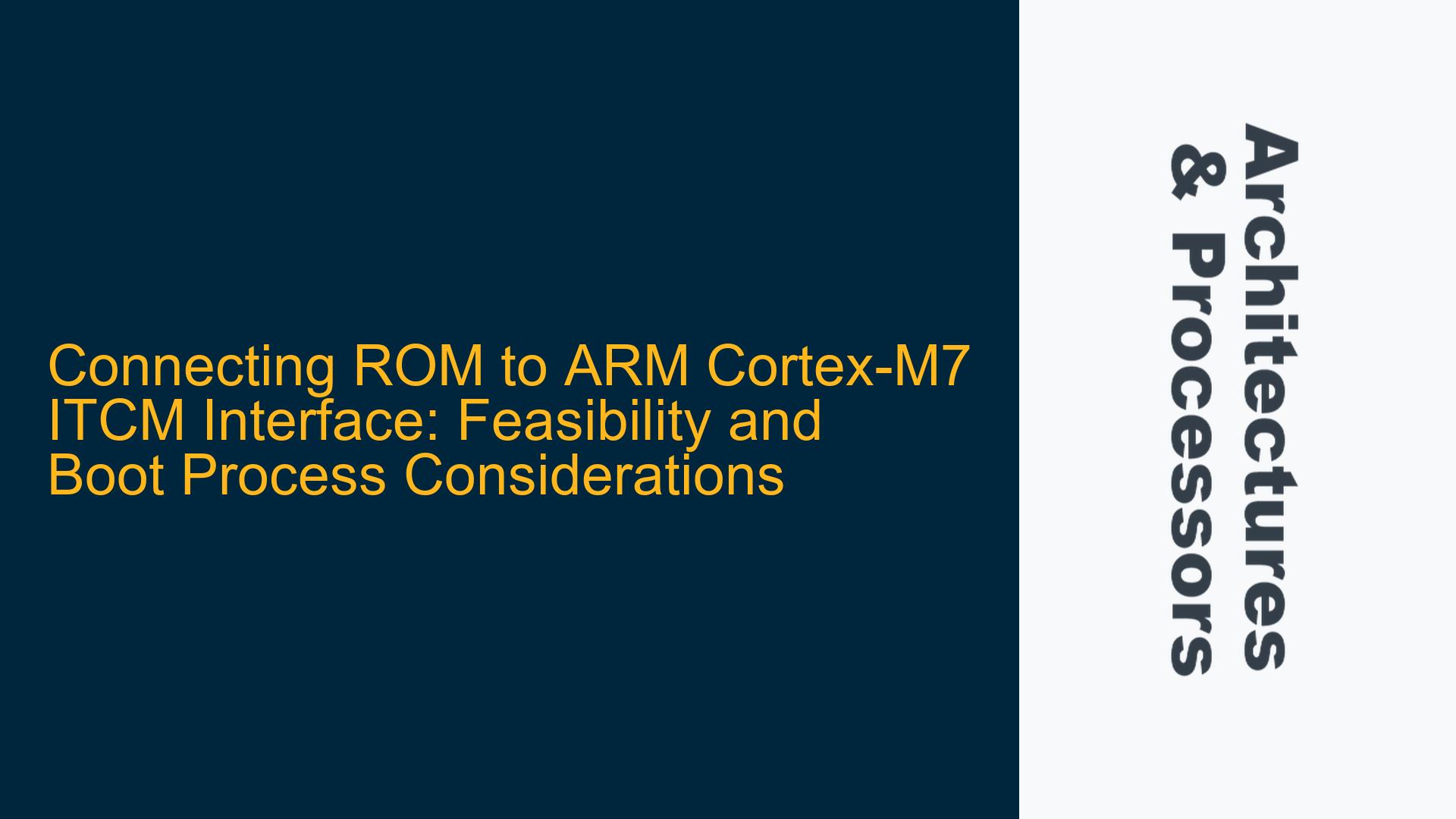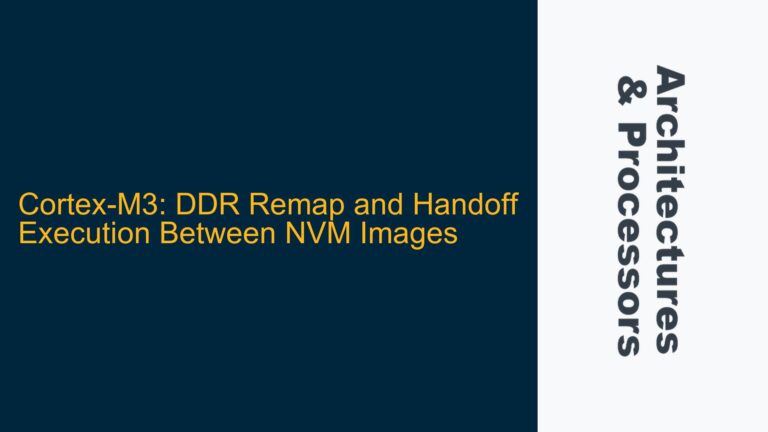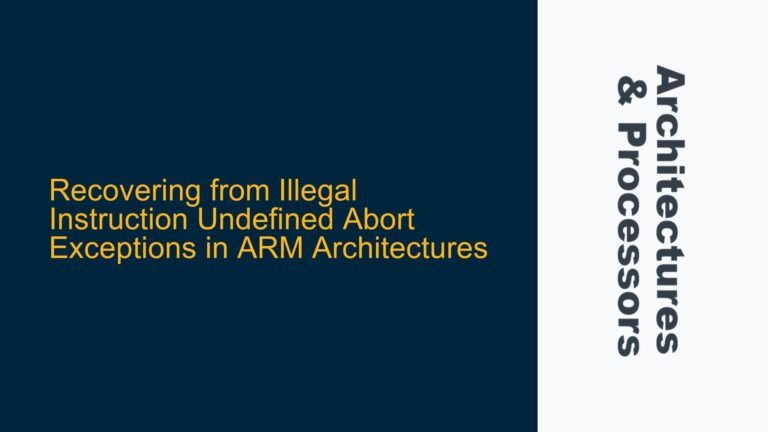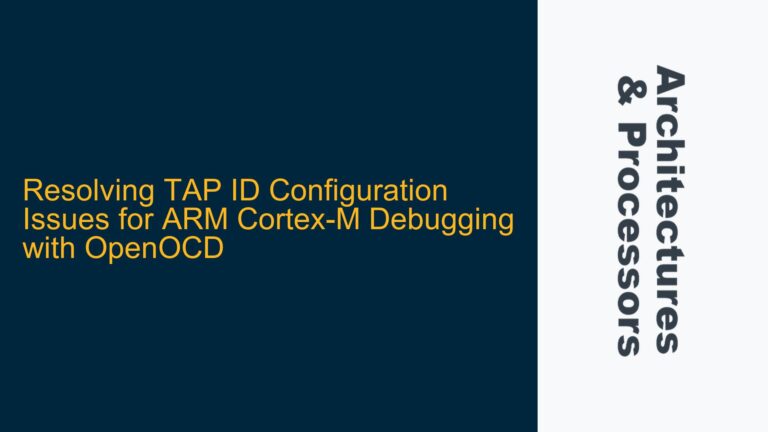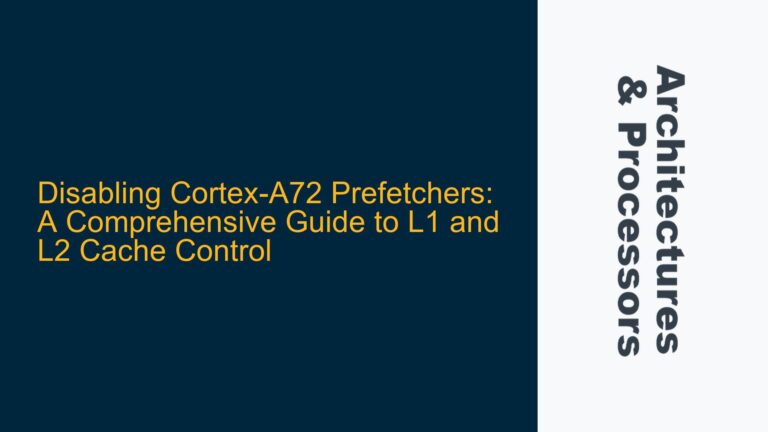ARM Cortex-M7 ITCM Interface and ROM Connectivity Feasibility
The ARM Cortex-M7 processor is a high-performance embedded processor designed for real-time applications, featuring Tightly Coupled Memory (TCM) interfaces for both instruction (ITCM) and data (DTCM). The ITCM interface is specifically optimized for low-latency instruction fetch operations, typically connected to SRAM for high-speed access. However, a common question arises: can a ROM be connected to the ITCM interface instead of RAM, and can it be used during the boot process?
The ITCM interface is designed to provide deterministic, low-latency access to critical code segments, which is why SRAM is the preferred memory type. SRAM allows for fast read and write operations, which are essential for real-time systems. ROM, on the other hand, is read-only memory, typically used for storing firmware or boot code that does not change during runtime. The feasibility of connecting ROM to the ITCM interface depends on several factors, including the timing requirements, the boot process, and the memory controller’s capabilities.
The ARM Cortex-M7 architecture allows for flexible memory system design, but the ITCM interface is specifically optimized for SRAM. The key consideration is whether the ROM can meet the timing requirements of the ITCM interface. ROMs generally have higher access latencies compared to SRAM, which could introduce timing issues if not properly managed. Additionally, the boot process typically involves copying code from ROM to RAM for execution, but if the ROM is connected directly to the ITCM interface, this step might be bypassed, leading to potential issues with code execution.
Memory Timing Constraints and Boot Process Implications
One of the primary challenges in connecting ROM to the ITCM interface is ensuring that the ROM can meet the strict timing requirements of the ITCM interface. The ITCM interface is designed for low-latency access, typically in the range of a few clock cycles. ROMs, especially those based on flash technology, often have higher access latencies, which can range from tens to hundreds of clock cycles depending on the specific technology and configuration.
The boot process of the ARM Cortex-M7 typically involves loading the initial code from a non-volatile memory (such as flash or ROM) into SRAM for execution. This is done to ensure that the code can be executed with the low latency provided by SRAM. If a ROM is connected directly to the ITCM interface, the boot process would need to be modified to account for the higher access latency of the ROM. This could involve adding wait states to the memory controller or using a different boot strategy that allows for the higher latency.
Another consideration is the memory controller’s ability to handle the ROM’s timing requirements. The memory controller must be configured to accommodate the ROM’s access latency, which may involve adjusting the timing parameters or adding wait states. If the memory controller is not properly configured, the system may experience timing violations, leading to unreliable operation or even failure to boot.
Implementing ROM on ITCM: Configuration and Optimization Strategies
To successfully connect a ROM to the ITCM interface and use it in the boot process, several configuration and optimization strategies must be employed. The first step is to ensure that the ROM’s access latency is within the acceptable range for the ITCM interface. This may involve selecting a ROM with lower access latency or configuring the memory controller to add wait states to accommodate the ROM’s timing.
The memory controller’s configuration is critical in this scenario. The memory controller must be programmed to handle the ROM’s access latency, which may involve setting up appropriate wait states and timing parameters. The ARM Cortex-M7 provides flexible memory controller configuration options, but these must be carefully tuned to match the ROM’s characteristics. This may involve adjusting the memory controller’s clock frequency, adding wait states, or using a different memory access mode.
Another important consideration is the boot process. If the ROM is connected directly to the ITCM interface, the boot process must be modified to account for the higher access latency. This could involve using a two-stage boot process, where the initial boot code is loaded from the ROM into SRAM, and then executed from SRAM. This approach allows the system to take advantage of the low-latency access provided by SRAM while still using the ROM for non-volatile storage.
In addition to the memory controller configuration and boot process modifications, the system’s software must also be optimized to account for the ROM’s presence on the ITCM interface. This may involve modifying the linker script to ensure that critical code segments are placed in the ROM, and that the boot process correctly initializes the memory controller and copies the necessary code from ROM to SRAM.
The following table summarizes the key considerations and strategies for connecting ROM to the ITCM interface:
| Consideration | Description | Strategy |
|---|---|---|
| Access Latency | ROMs typically have higher access latencies compared to SRAM. | Select a ROM with lower access latency or configure the memory controller to add wait states. |
| Memory Controller Configuration | The memory controller must be configured to handle the ROM’s timing requirements. | Adjust the memory controller’s clock frequency, add wait states, or use a different memory access mode. |
| Boot Process | The boot process must be modified to account for the ROM’s higher access latency. | Use a two-stage boot process, where the initial boot code is loaded from ROM into SRAM and then executed from SRAM. |
| Software Optimization | The system’s software must be optimized to account for the ROM’s presence on the ITCM interface. | Modify the linker script to place critical code segments in the ROM and ensure the boot process correctly initializes the memory controller. |
In conclusion, while connecting a ROM to the ARM Cortex-M7 ITCM interface is feasible, it requires careful consideration of the memory timing constraints, memory controller configuration, and boot process modifications. By following the strategies outlined above, it is possible to successfully implement a ROM on the ITCM interface and use it in the boot process, while still maintaining the low-latency access required for real-time operation.
